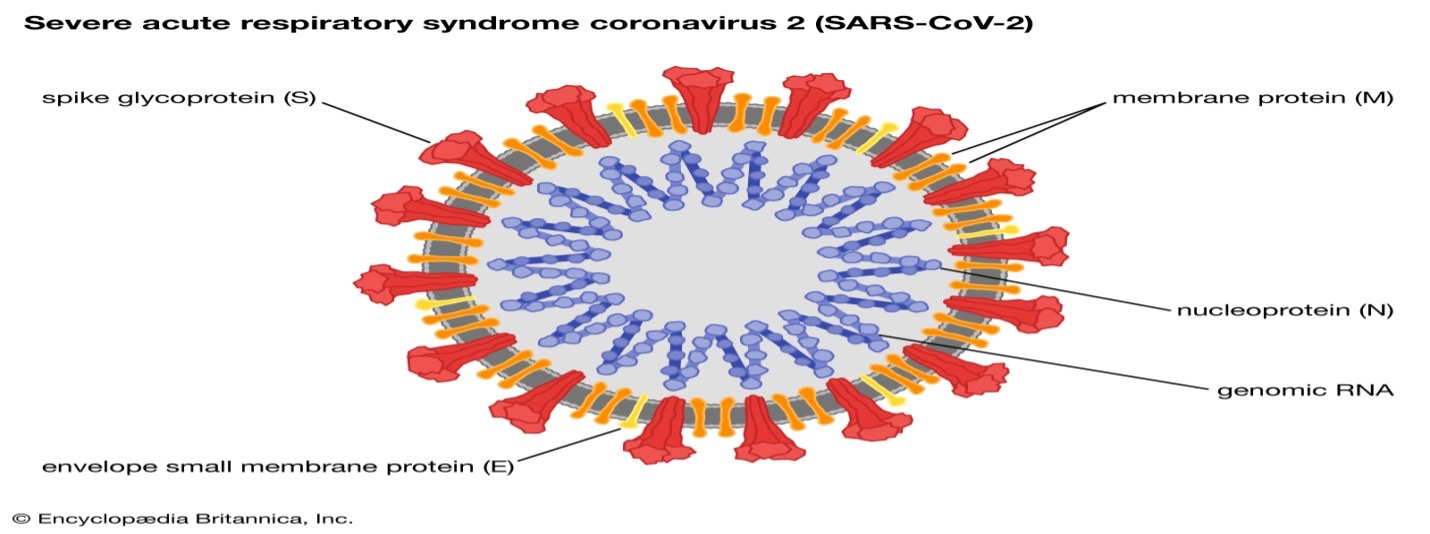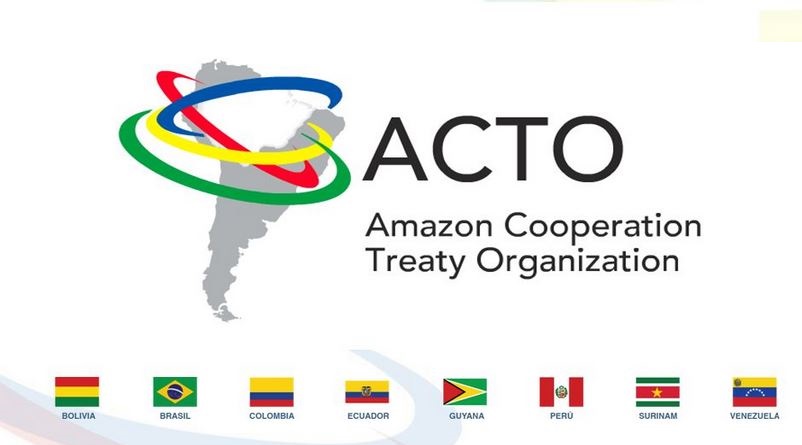Mathura-Vrindavan Carbon Neutral Target 2041
Why in News? : Recently, the Government of Uttar Pradesh has announced that Mathura-Vrindavan is aiming to become a “net zero carbon emission” tourist destination by 2041.
This will be the first such carbon neutral master plan for a tourist destination in India.
What are the Major Announcements regarding the Target?
About Announcement:
Tourist vehicles will be banned from the entire Braj region, which includes famous pilgrim centres such as Vrindavan and Krishna Janmabhoomi.
Only electric vehicles used as public transport will be allowed into the area.
All 252 water bodies and 24 forests in the area will also be revived.
The plan divides the entire region into four clusters, each containing two of the eight key cities.
“The idea is to form small circuits called ‘Parikrama Paths’ which the pilgrim can undertake either on foot or using electric vehicles.
In case they want to travel from one destination to another they can avail electric mini-buses.
Mathura-Vrindavan’s Cultural Significance:
Mathura, situated on the bank of river Yamuna, is the abode of Lord Krishna and it has a great religious sanctity among the Hindus.
It also has one of the oldest historical records.
It is mentioned in the epic Ramayan. It is on record that Mathura was one of the capitals of Kushan King Kanishka(130AD).
Some of the famous temples are Bankey Bihari Temple, Govind Dev Temple, Rangaji Temple, Dwarikadhish Temple and the ISKCON Temple.
What is Net Zero Carbon Emission?
It is referred to as carbon neutrality, which does not mean that a country/state would bring down its emissions to zero.
Rather, it is a state in which a country’s/state’s emissions are compensated by the absorption and removal of greenhouse gases from the atmosphere.
Further, absorption of the emissions can be increased by creating more carbon sinks such as forests.
While the removal of gases from the atmosphere requires futuristic technologies such as carbon capture and storage.
More than 70 countries have promised to become Net Zero by the middle of the century i.e., by 2050.
India has promised to cut its emissions to net zero by 2070 at the conference of parties-26(COP) summit.




.jpg)


.jpg)
.jpg)





